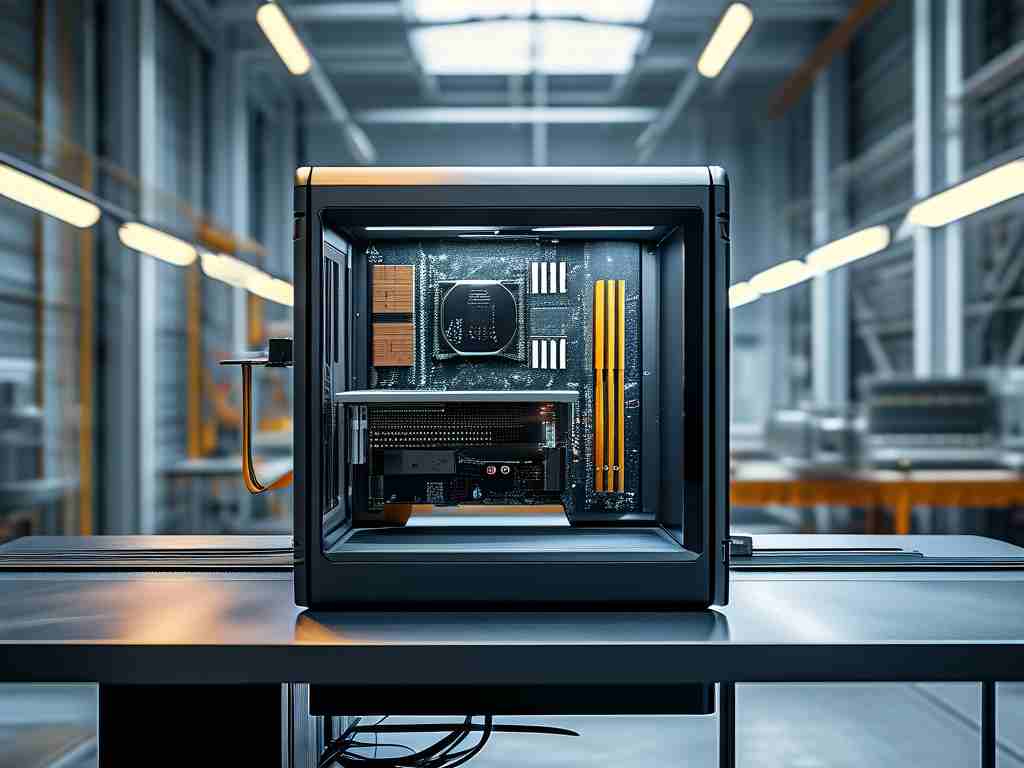In the rapidly evolving landscape of connected technologies, Samsung Electronics has cemented its position as a trailblazer in embedded systems development. By integrating hardware expertise with software innovation, the company continues to deliver solutions that redefine efficiency and functionality across industries.

The Architecture Behind Samsung's Embedded Systems
At the core of Samsung's embedded development strategy lies its proprietary Exynos processors, optimized for low-power operations and real-time processing. These system-on-chip (SoC) designs incorporate ARM Cortex cores alongside custom neural processing units (NPUs), enabling edge computing capabilities in devices ranging from smart appliances to industrial sensors.

A recent breakthrough involves their TizenRT OS, a lightweight operating system specifically tailored for resource-constrained devices. Unlike conventional RTOS platforms, TizenRT supports over-the-air (OTA) updates and machine learning inference at the edge. Developers working with Samsung's ARTIK modules often utilize code structures like:
void sensor_handler() {
// Custom logic for IoT edge node
gpio_set(SENSOR_PIN);
mqtt_publish("sensor/data", payload);
}
This framework simplifies deployment of IoT nodes while maintaining enterprise-grade security through Knox-based encryption protocols.
Industrial Applications and Case Studies
Samsung's embedded solutions have transformed manufacturing workflows through partnerships with automotive clients. In one automotive assembly line implementation, customized Exynos-based controllers reduced equipment downtime by 40% through predictive maintenance algorithms. The system processes vibration sensor data locally, triggering maintenance alerts when detecting abnormal patterns.
Another groundbreaking application emerges in medical technology. Samsung's Bio-Processor embedded in portable diagnostic devices can run multiple health monitoring algorithms concurrently, from ECG analysis to blood oxygen detection, without cloud dependency. This architecture complies with HIPAA regulations through hardware-isolated data partitions.
Challenges and Future Directions
While Samsung dominates in hardware integration, industry analysts note growing competition in AI-optimized embedded frameworks. The company addresses this through its Samsung Neural SDK, which allows developers to convert TensorFlow models into platform-specific binaries. Early adopters have achieved 2.3x faster inference speeds compared to generic ARM implementations.
Looking ahead, Samsung's R&D roadmap emphasizes three key areas:
- Quantum-resistant security modules for embedded devices
- Energy-harvesting sensor nodes requiring zero external power
- Unified development environment bridging IoT and robotics platforms
Environmental sustainability remains a critical focus. Their latest Smart Energy Controller embedded systems demonstrate 15% higher power conversion efficiency than industry standards, crucial for solar-powered IoT deployments.
Developer Ecosystem and Resources
Through the Samsung Developers Portal, the company provides extensive tools for embedded engineers:
- Device Simulator with virtual peripheral modeling
- Memory Optimization Analyzer for bare-metal programming
- Certified reference designs for FCC/CE compliance
A notable case involves a smart agriculture startup that reduced prototype development time from 9 months to 6 weeks using Samsung's pre-certified cellular IoT modules. The hardware abstraction layer (HAL) architecture allowed seamless integration of custom soil sensors.
As embedded systems grow more complex yet ubiquitous, Samsung Electronics continues to balance performance with accessibility. By offering vertically integrated solutions – from silicon to cloud interfaces – they empower developers to create smarter, more responsive technologies. The upcoming launch of their 2nm embedded processors promises to further blur the line between edge devices and server-grade computing, setting new benchmarks for the industry.









